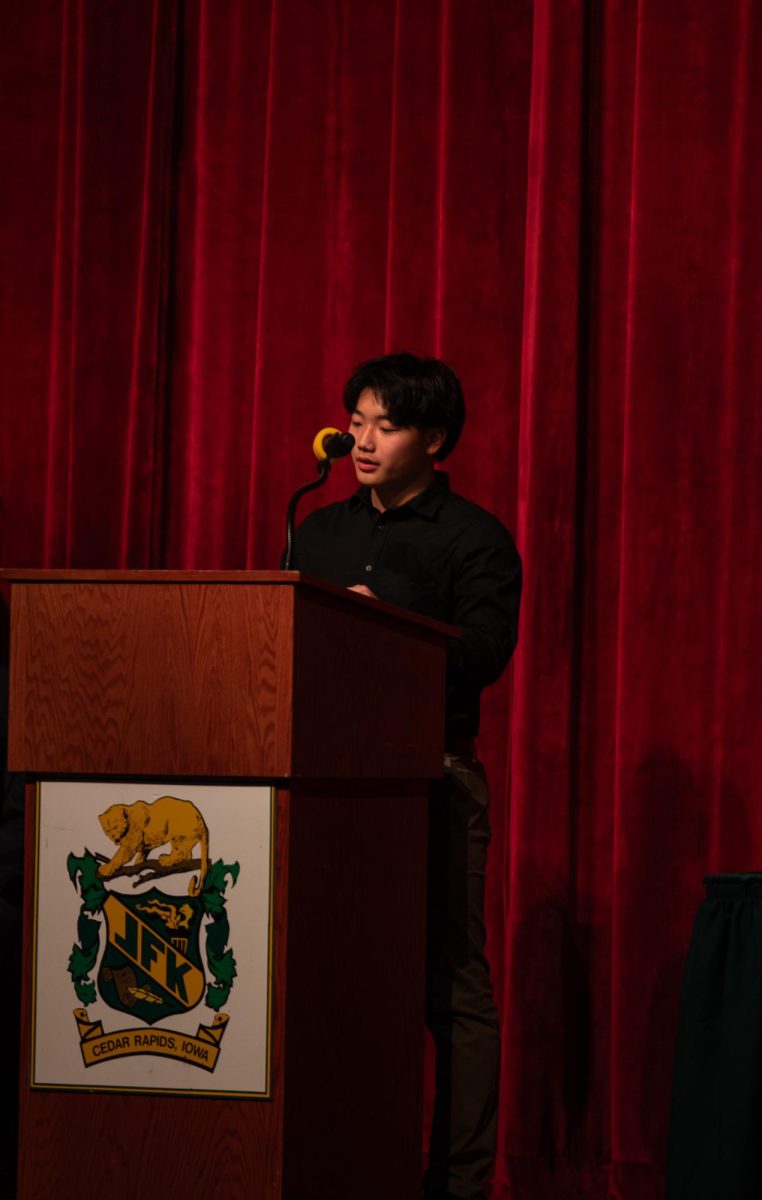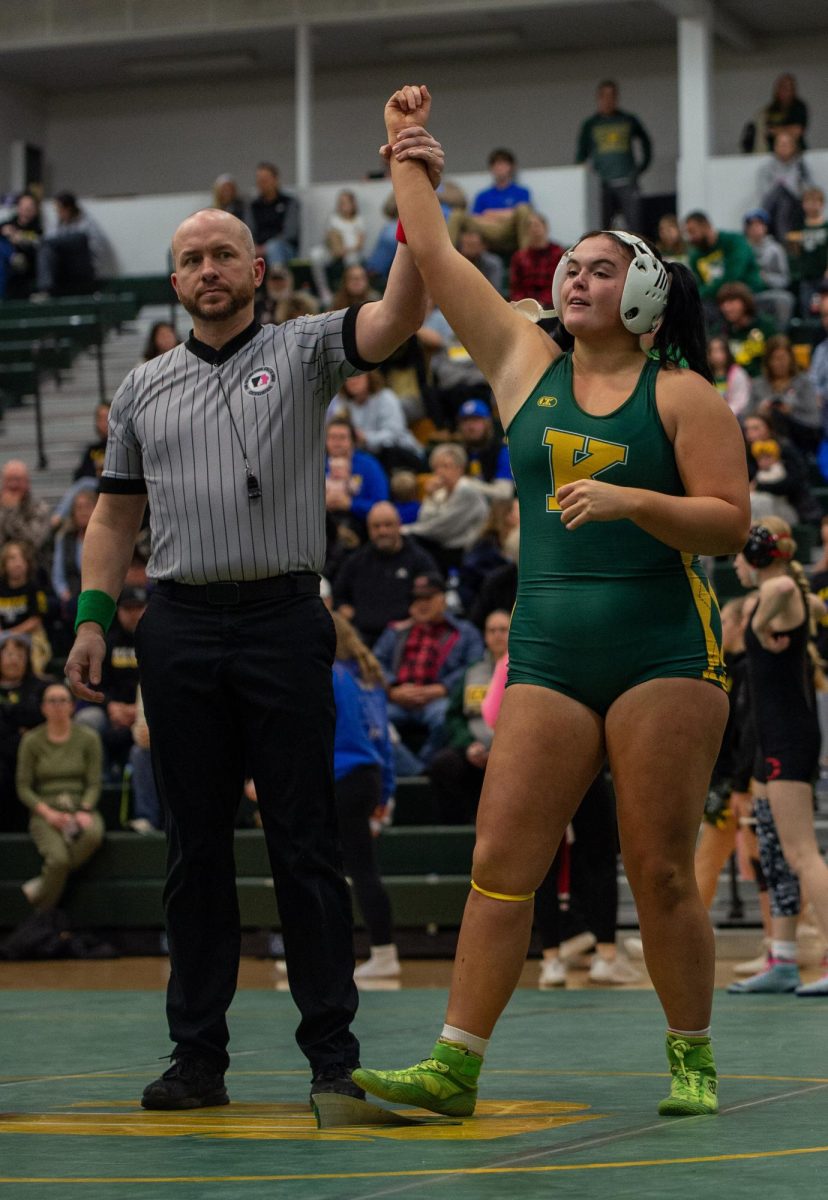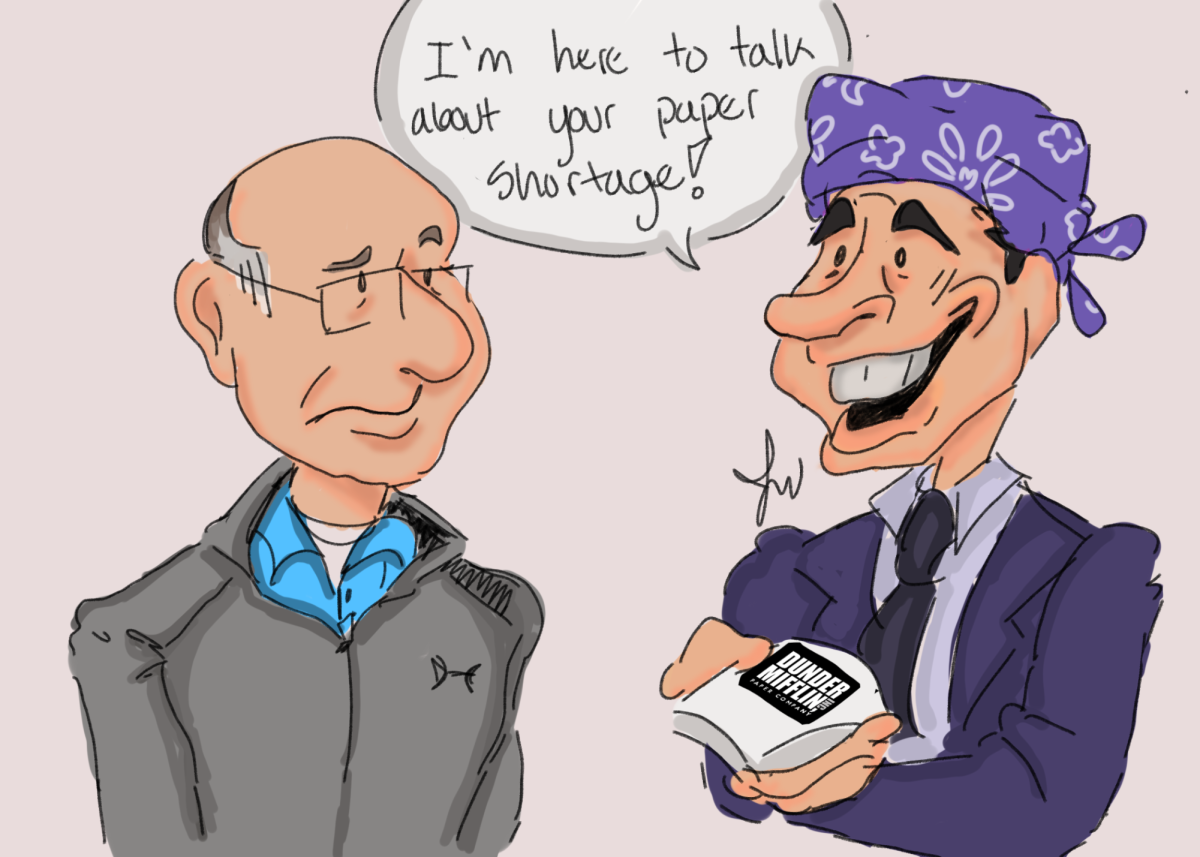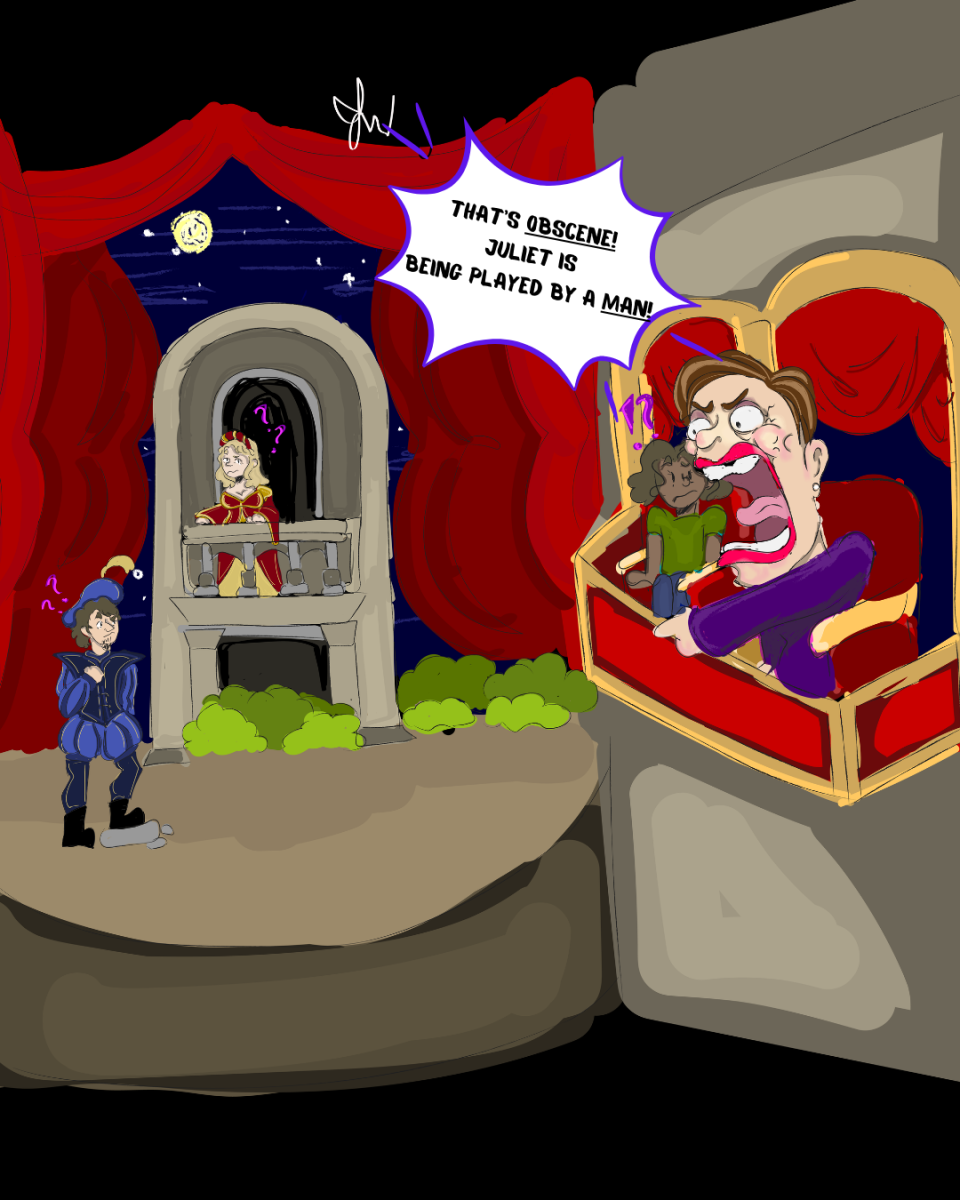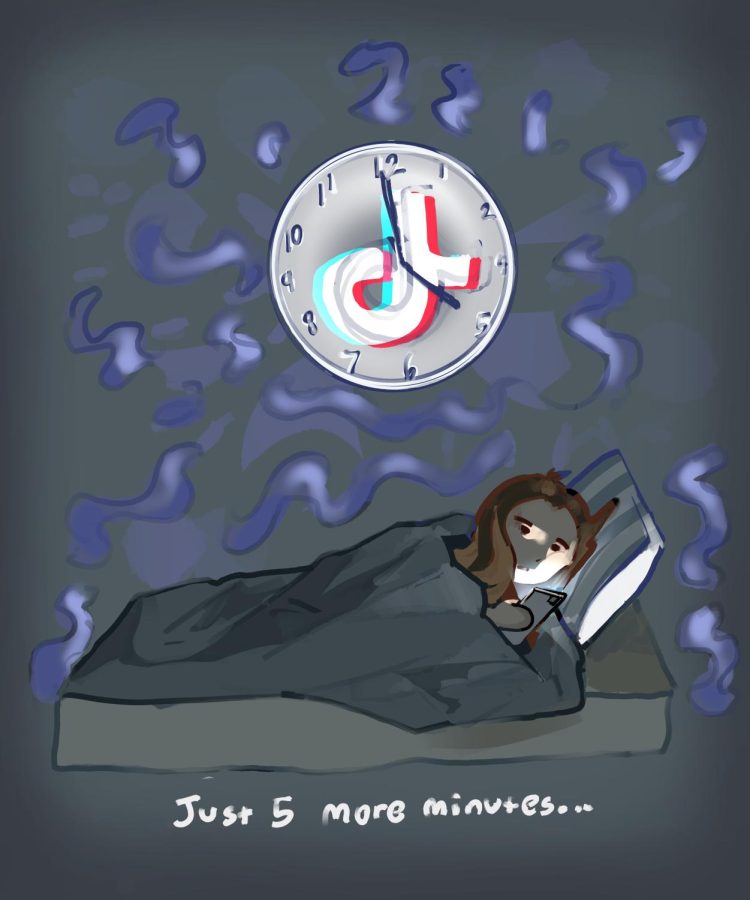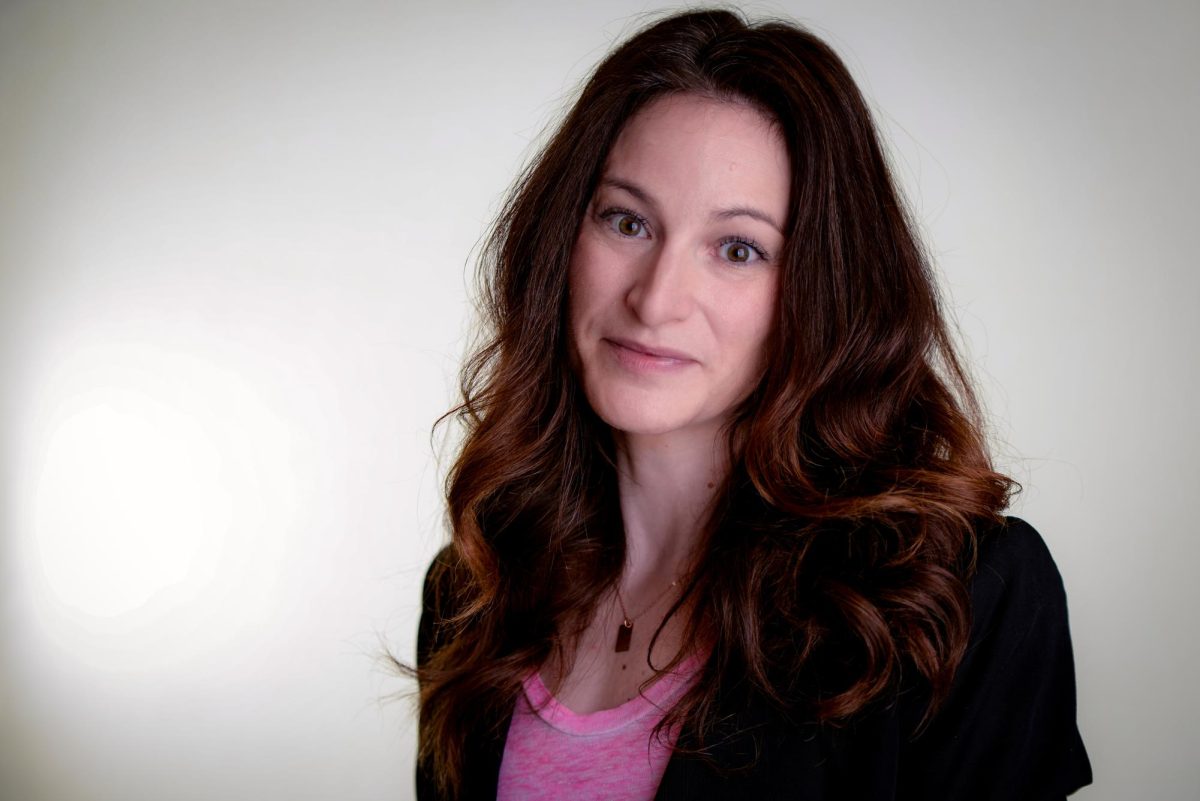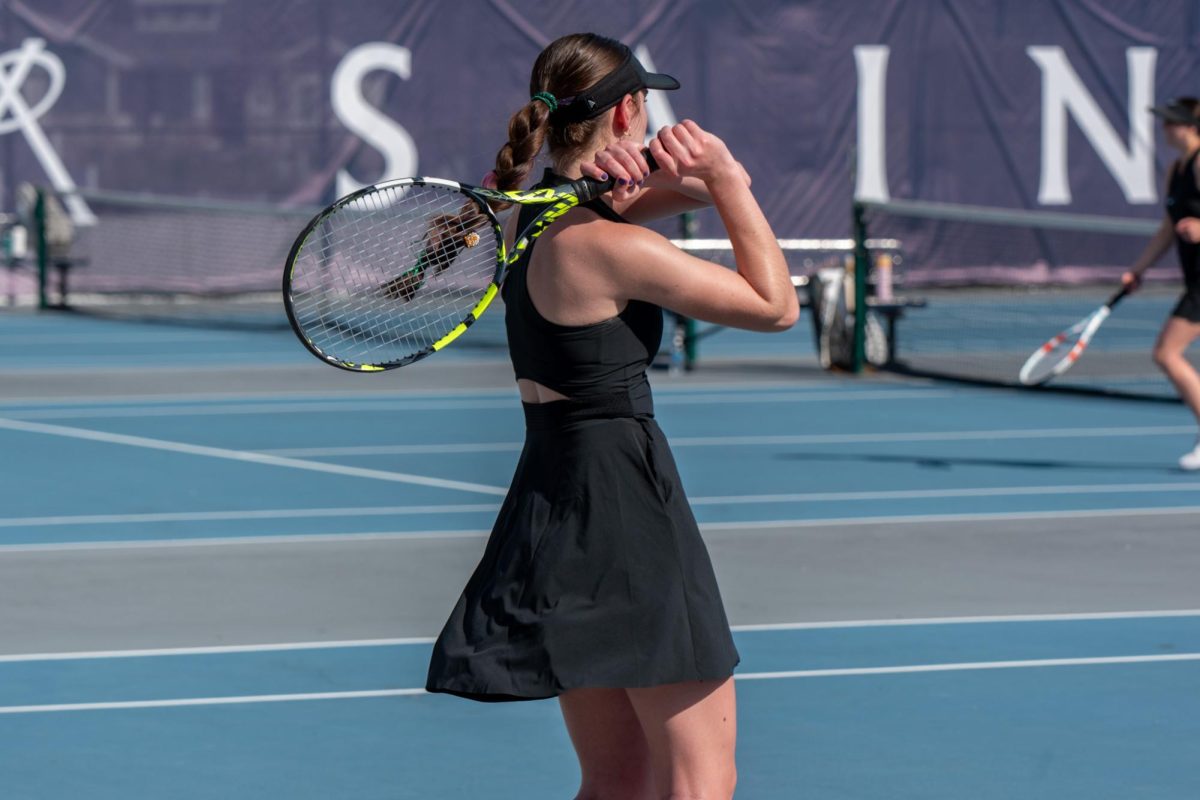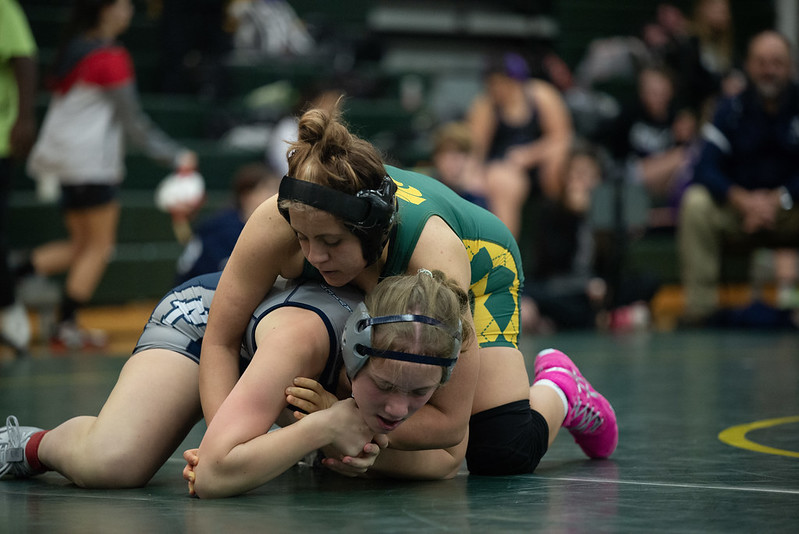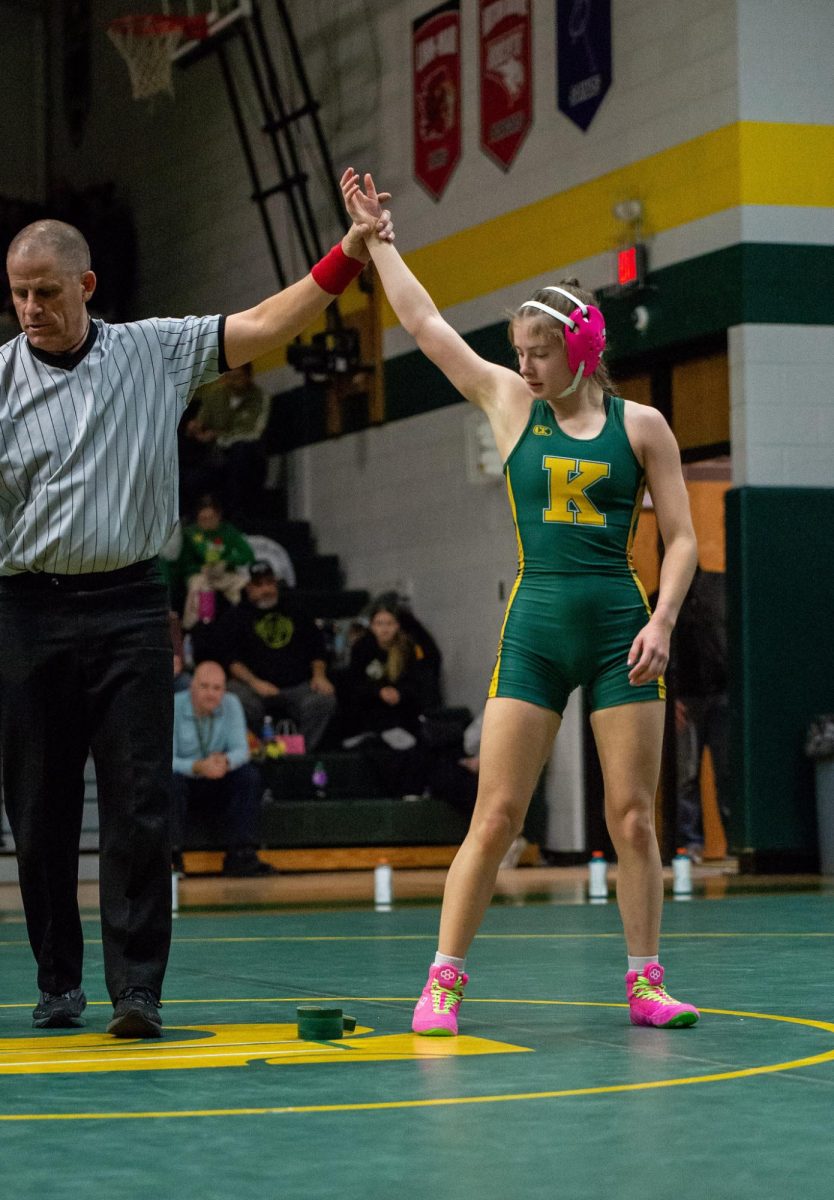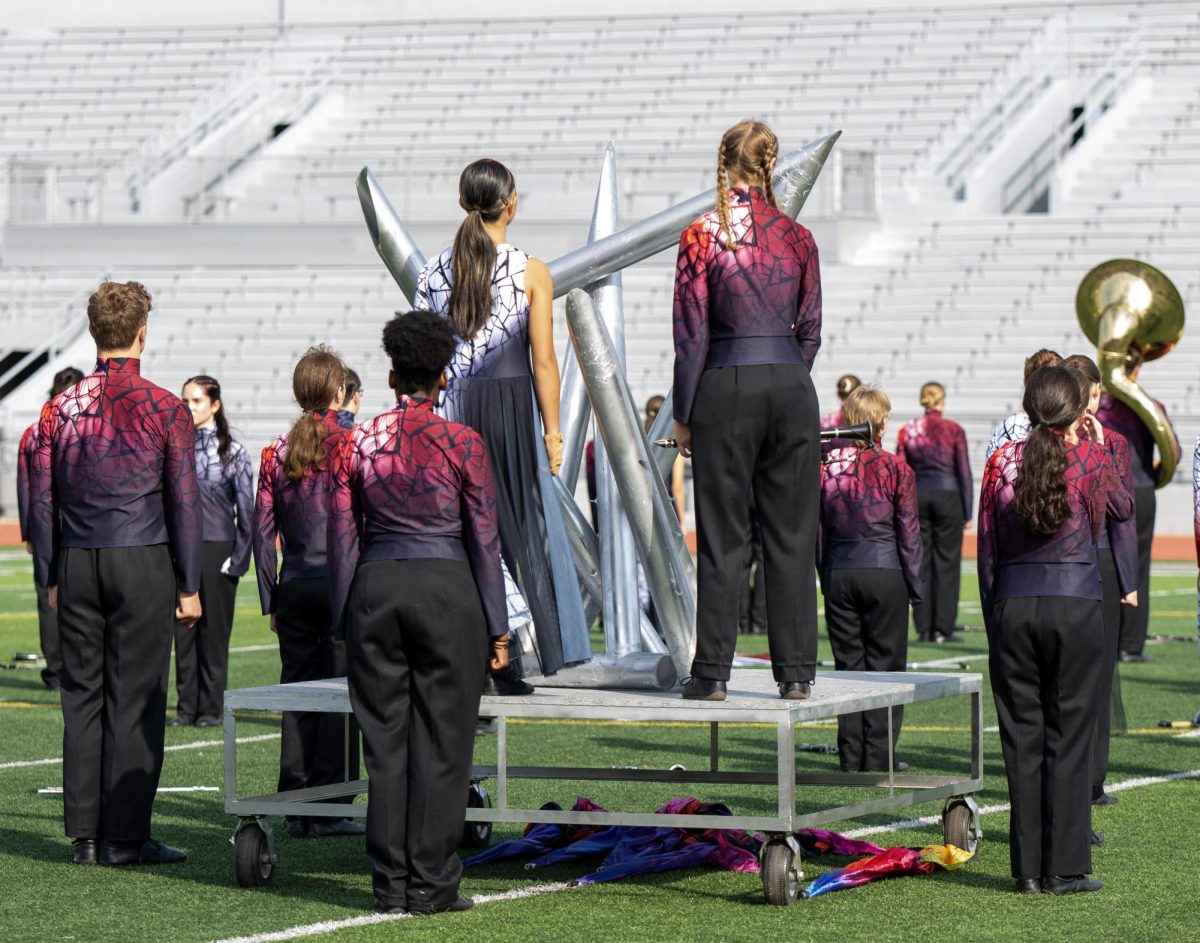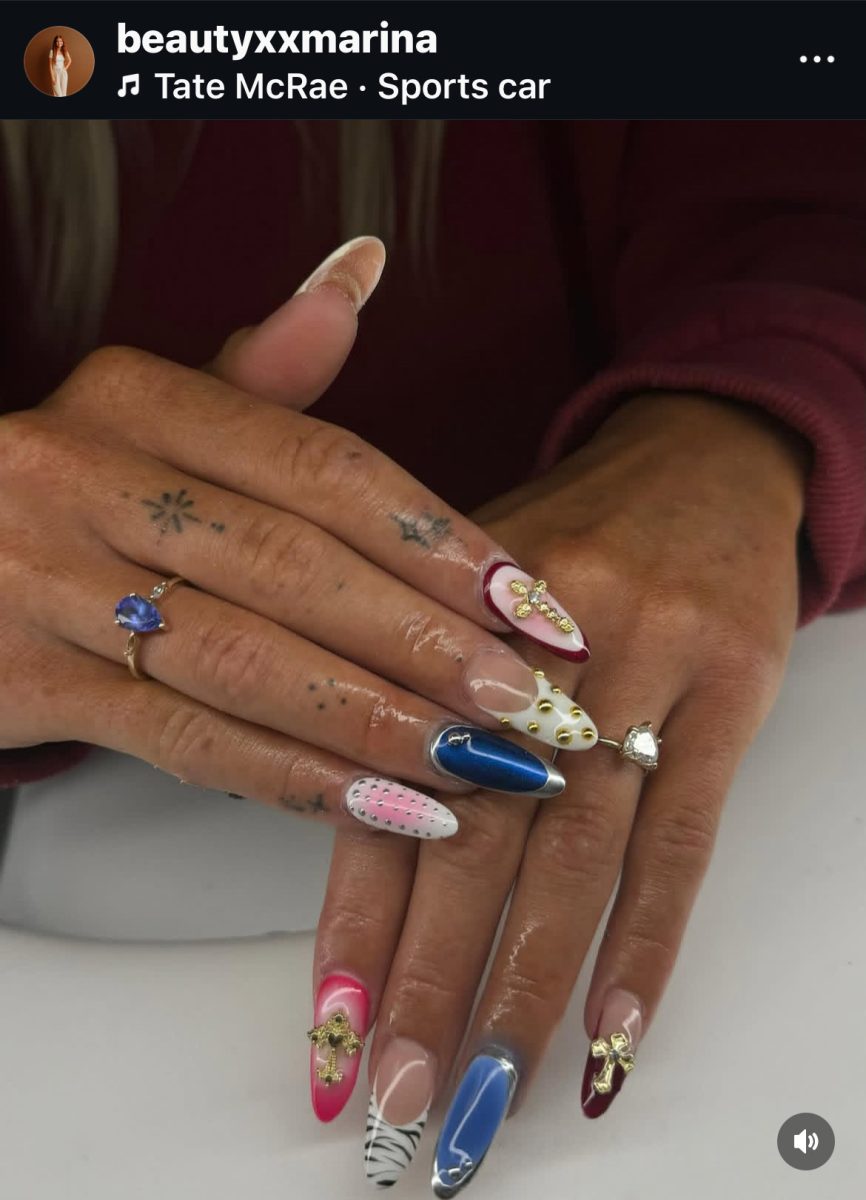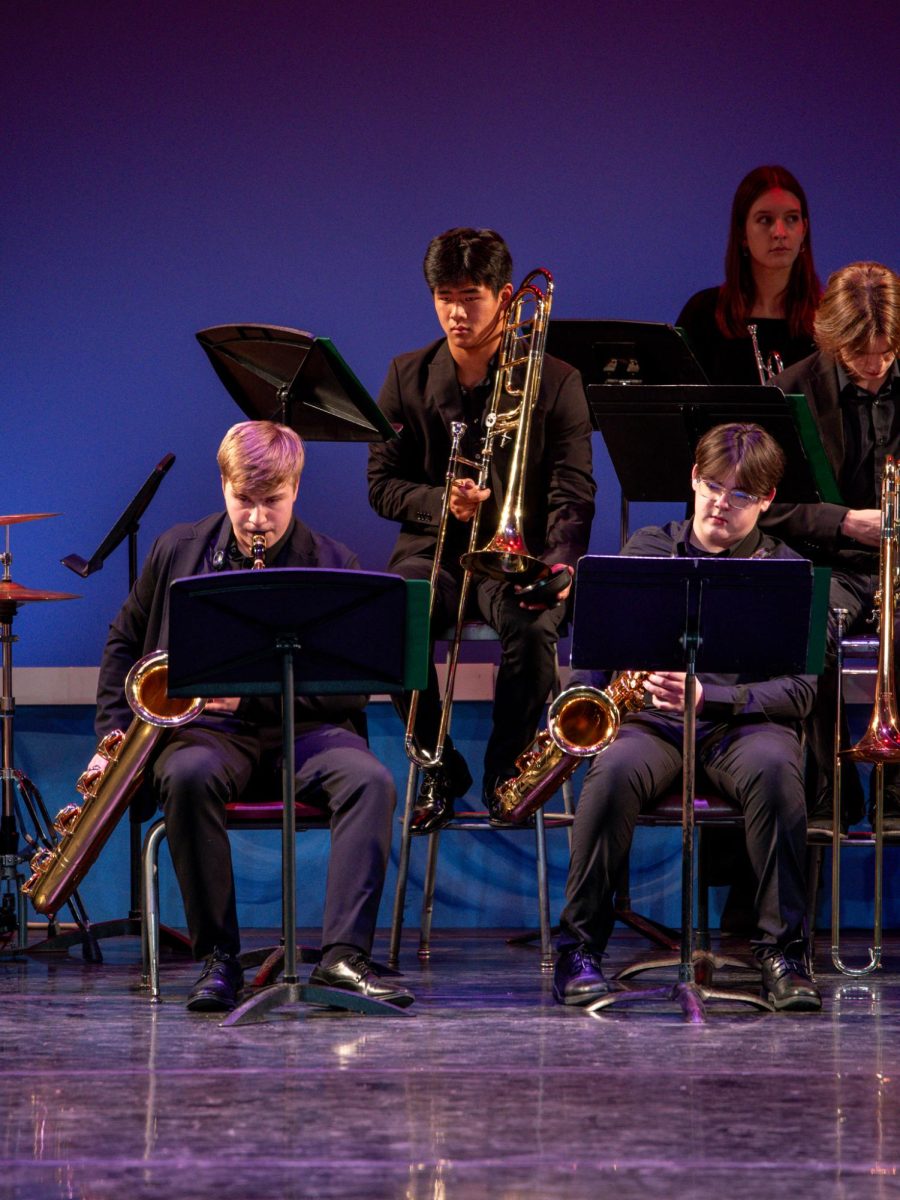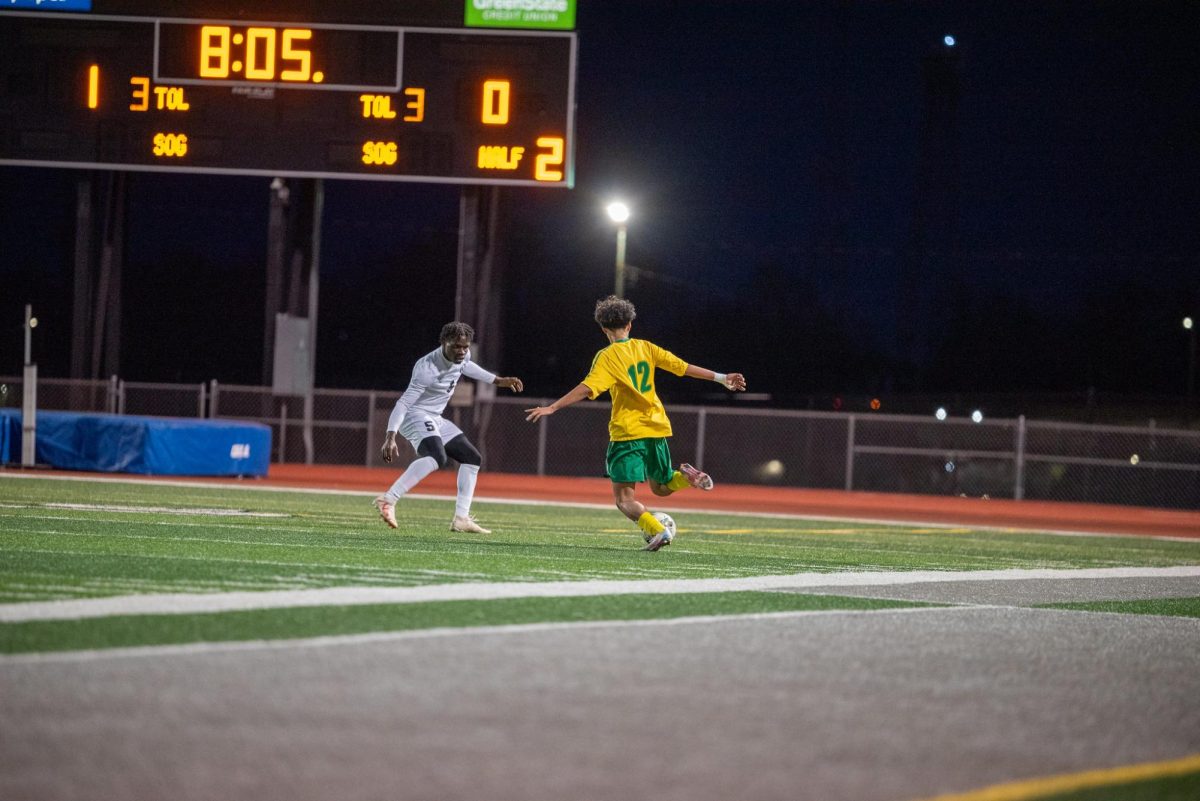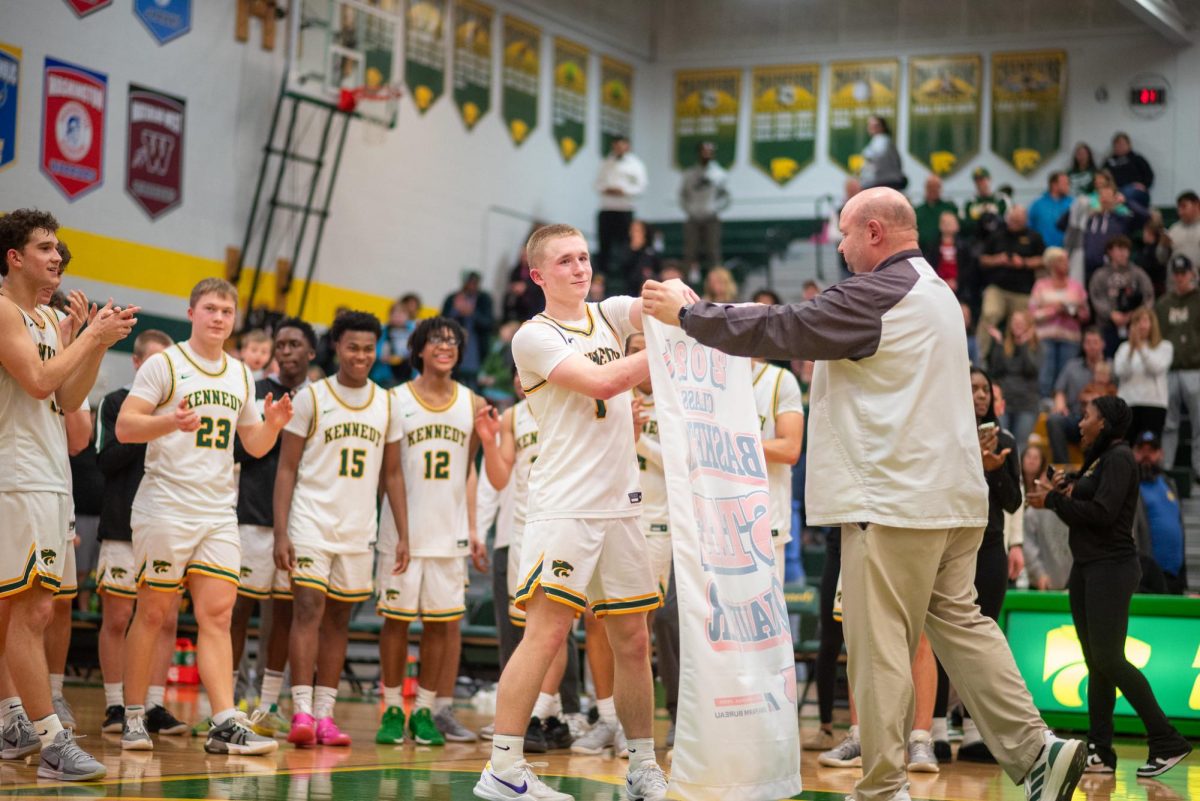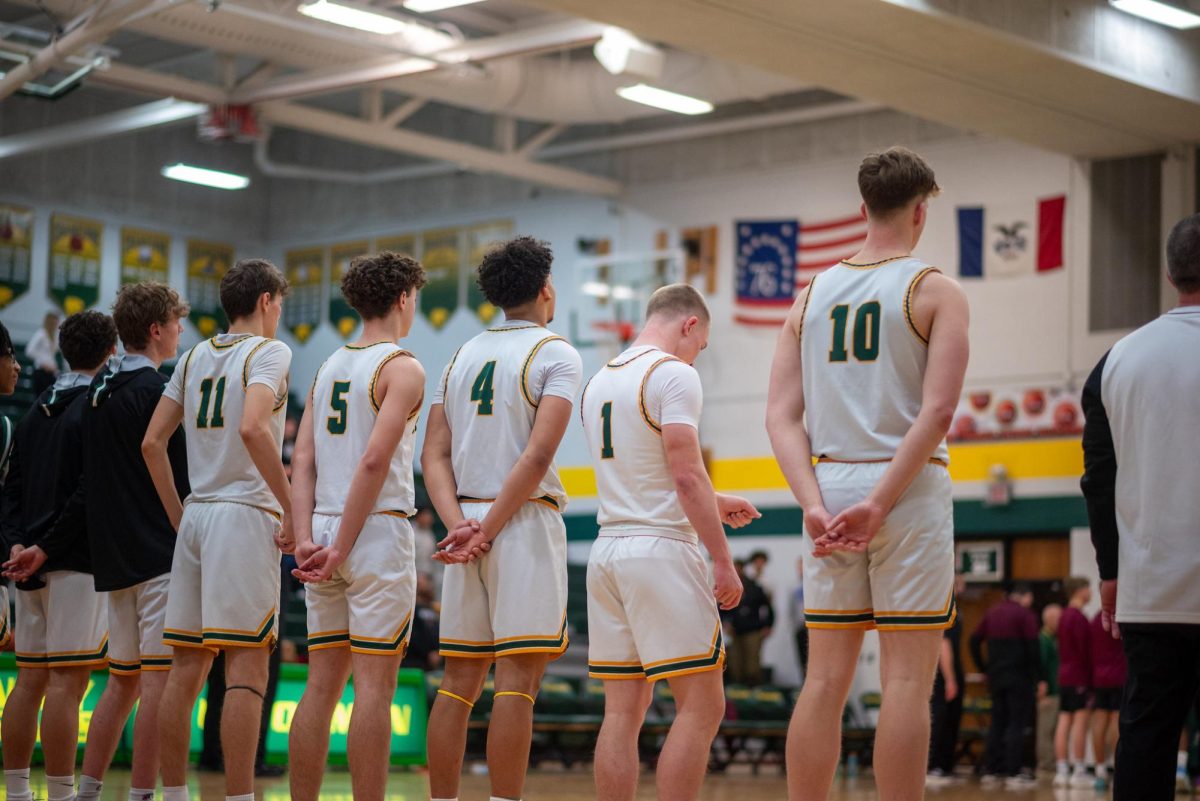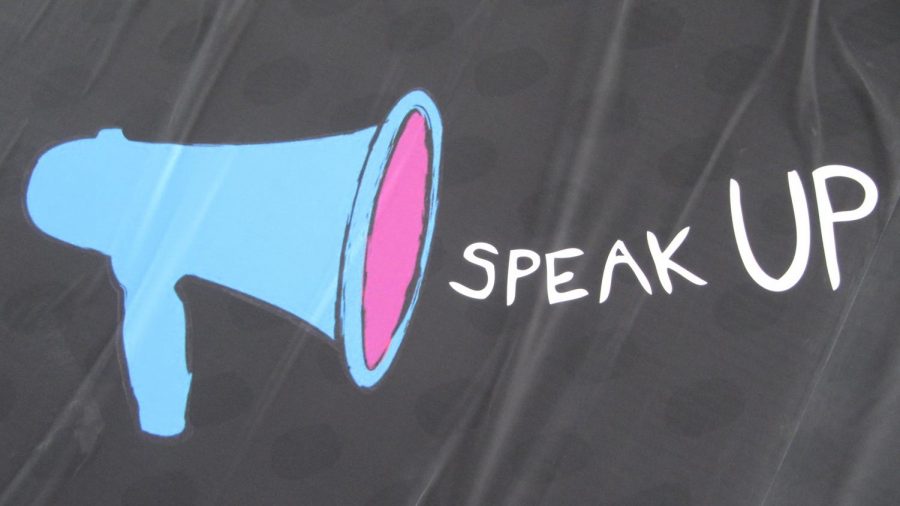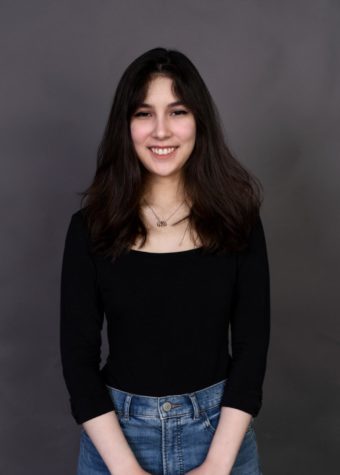Is Asian Discrimination Prevalent in our Community?
March 26, 2018
We should all be treated as equals; everyone can agree on that. No one should be seen as a lesser being because of who they are. That’s what everyone believes.
However, when it comes down to it, is this really true?
Many students don’t realize it, but stereotypes and racial discrimination are still prominent in today’s world. It’s an issue many minorities face, but for this story I’ll focus on Asian stereotyping and discrimination, as I have strong opinions on this topic based on my personal experiences and those of my friends’ experiences.
I am a mixed Asian girl. I have been stereotyped by classmates at school and also in my workplace. At work, the incident occurred during the winter, on a particularly cold day. I work at a Japanese grill owned by an Asian family. I’m a hostess, so I’m the first person people see when they enter the restaurant.
A couple came in and requested to sit away from the door. Their way of asking me was quite irritating. They enunciated their words and spoke unnecessarily loud and clear.
“Hi! We’re from the South! It’s very cold for us here!” They made shivering motions to get their point across. “Can we sit away from the door?”
It was clear they assumed I didn’t speak English well, or even at all. My boss came over and engaged them in a conversation, so I ended up not having to say anything to them.
At school, I witnessed an example of a pervasive attitude about racism – that it should be tolerated and that racism can be funny. In one of my classes, a student was telling a story about seeing someone else become upset about a racist joke. The student complained about the person’s irrational attitude, “I don’t get why she’s so upset. It was just a racist joke! It’s only his sense of humor!”
Situations like these aren’t common, but they definitely happen. I’m saddened to inform you that I know people that deal with far worse racial issues than I have.
For example, in a mostly white school, it’s easy to stand out if you don’t look like others. This is the case for a Korean girl who is enrolled as a freshman in another local high school. For the sake of her privacy, I’ll call my friend Tia.
Tia was born in South Korea and adopted by an American family when she was only two months old. Fortunately, she was raised in this loving family and she was able to grow up in a comfortable lifestyle. She didn’t have a childhood in which she was surrounded by people that looked like her, though this didn’t have much of an effect on her until she entered high school this year, a high school with almost no diversity.
If you ask Tia, she’ll confirm the lack of diversity at her high school. I shared this story with another of my friends, John, who is a white male and goes to Tia’s school. John’s response? “We have lots of diversity!”
He guessed there was a 60:40 ratio of the high school’s diversity. He was off quite a bit; in reality, their minority percentage is only 15 percent, and this fact gave him a little shock. As we can see, it’s all about different circumstances.
John agreed with me that he and Tia have different views based on their backgrounds, since “I’m a white guy, and she’s Asian, we probably have different perspectives.” However, he still says his school does pretty well in terms of supporting students of different races.
In Tia’s life, she has faced numerous stereotypes and she has been discriminated against because she is Korean. Certain “bullies” repeatedly target her and demean her with comments such as “Are you an illegal immigrant?”, “Why are your eyes so small?”, and “You should do my homework for me.” People have gone up to her and stretched their eyes back in mockery.
This is disheartening. It’s also a sad reality.
Another student’s experiences in discrimination is a senior, a Chinese girl, and (unlike Tia) she was raised in her birth family. I’ll call this student Beth.
One day Beth was running late for school. In her rush, she hastily parked and entered her school building. Her parking wasn’t the best. She didn’t take time to park nicely. After the day, when she returned to her car, she was surprised to find one note that read, “Learn how to park, ching chong.” A second note had nothing to do with her parking; it was simply a drawing of male genitalia.
So far, I’ve talked about Tia and Beth’s experiences of racism and discrimination. Stereotypes are a whole other problem.
In case you aren’t familiar with stereotypes, it’s an idea or categorization of a particular person or thing, and there can be some truth associated with it, but it’s oversimplified. A popular example that we all know is the all-Asians-are-smart stereotype.
Tia feels that she is not a smart student. She can get her work done, but she takes a little longer to understand the material. Some people assume that because she’s Asian, she is an “above and beyond” student, and this makes Tia feel that she has an expectation to live up to. She doesn’t want to be seen as a try-hard, but that label is put on her simply because she strives to do her best. A group of boys told Tia that she wasn’t the type to date because she is “too focused” on her school work.
Tia has been through a lot. She’s only in her first year of high school, but she already feels as though she can’t be accepted for who she is. She shared with me an incident from the school hallways. She saw a student approach a Vietnamese girl and say “Paint my nails for me,” obviously referring to a stereotype of all Vietnamese working in nail salons. Tia admitted, “Sometimes I wish I weren’t Asian. Then maybe people would accept me.”
As previously mentioned, Tia and Beth’s school of 2,000 students has a 15 percent minority enrollment. Here at Kennedy, we have a larger amount of diversity, with 19 percent of our roughly 1,700 students identifying themselves as a race other than “white.”
Regardless, nobody should be dehumanized because of race. Nobody should have to wish they were someone else because of discrimination or stereotypes.
We should all make sure to see people as they make themselves to be, not as a category we might put them in.


